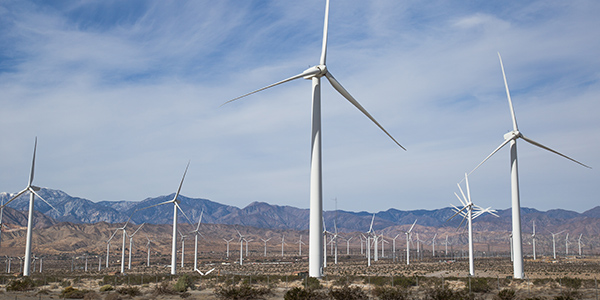By Hudson Sangree
A federal judge asked lawyers Wednesday to find common ground in a case that has pitted Pacific Gas and Electric against FERC in a conflict over billions of dollars in power purchase agreements that the bankrupt utility has said it might try to modify or cancel during its Chapter 11 reorganization.
Judge Dennis Montali, of the U.S. Bankruptcy Court in San Francisco, asked the attorneys to take two weeks to determine if they can “unring the bell” that was rung when FERC declared in January that it shared jurisdiction with the court in deciding the fate of the wholesale power contracts.
PG&E’s lawyer, Theodore Tsekerides, told the judge he thought a compromise was unlikely. The New York-based litigator, of Weil, Gotshal & Manges, argued strenuously for Montali to impose a permanent injunction against FERC that would prevent it from interfering in the bankruptcy case. He said the bankruptcy code governed the matter, not the Federal Power Act, as FERC contended.
Attorneys for FERC and the wind and solar generators under contract with PG&E argued against an injunction but said a compromise might be possible. FERC’s attorney said he would need to ask for the commission’s approval.
Montali suggested to the attorneys that FERC might somehow soften or change the language in its Jan. 25 order to remove the apparent conflict between the court’s authority and the commission’s jurisdiction.
“Have we got a deal here?” Montali asked the lawyers half-jokingly at one point in the two-and-a-half-hour proceeding. They said they didn’t but were willing to work on it.
The case began in January, when NextEra Energy and Exelon, two companies that have PPAs with PG&E, asked for FERC’s help in anticipation of PG&E trying to reject the agreements in bankruptcy.
In response, FERC declared it shares authority over PG&E’s wholesale PPAs with the bankruptcy court. (See FERC Claims Authority Over PG&E Contracts in Bankruptcy.)
PG&E then moved for an injunction blocking FERC from meddling in its bankruptcy, which was brought about by the utility’s potential liability for billions of dollars in wildfire damages. (See Bankruptcy Only ‘Viable’ Option for PG&E, Lawyer says.)
To comply with the state’s renewable power requirements, the utility entered into contracts that were far pricier than they would be today, when wind and solar are among the lowest-priced electricity sources. The utility said it has 387 PPAs with 350 companies worth about $42 billion. (See PG&E Wants to Undo Contracts, Revamp Biz in Bankruptcy.)
The PG&E v. FERC matter, known in court as the adversary proceeding, is distinct from, but closely linked to, PG&E’s bankruptcy case. Over FERC’s objections, a U.S. district court judge ruled last month that the adversary proceeding should remain in Montali’s court for the sake of judicial efficiency. (See Judge Sides with PG&E over FERC in PPA Dispute.)
Montali wrote to the judge in that case, saying the “plain language” of Section 365 of the bankruptcy code could answer “the question of whether FERC can decree that [the code section] must be construed to permit FERC to second-guess the bankruptcy court and impose its own decision on that court.”
Montali has not said if he intends to enjoin FERC or dismiss PG&E’s request for an injunction. However, he repeated his view Wednesday that it would be best to issue a permanent injunction, rather than a preliminary one, if he chooses that route.
A preliminary injunction would require a trial to determine if a permanent injunction is warranted and would consume time and energy when there may be no facts in dispute, Montali said. Issuing a permanent injunction would allow FERC to quickly appeal the matter to the higher court, he said.





